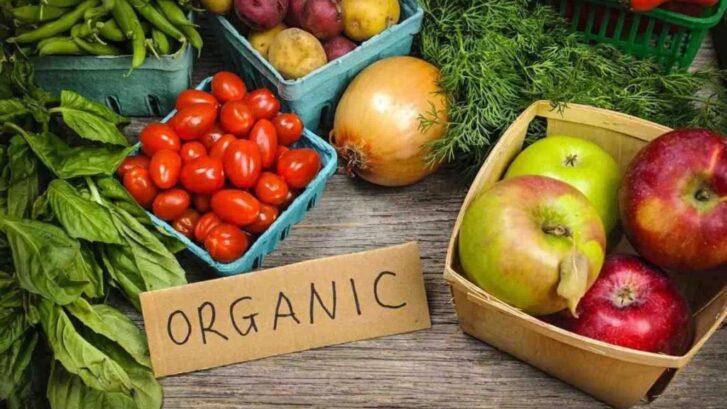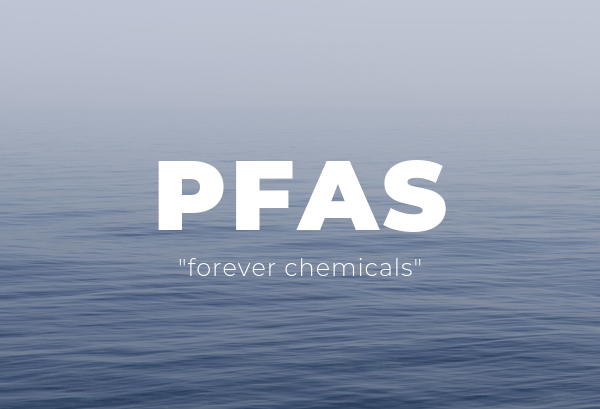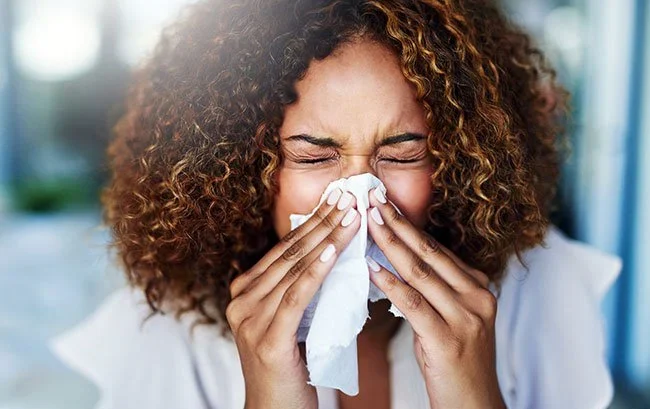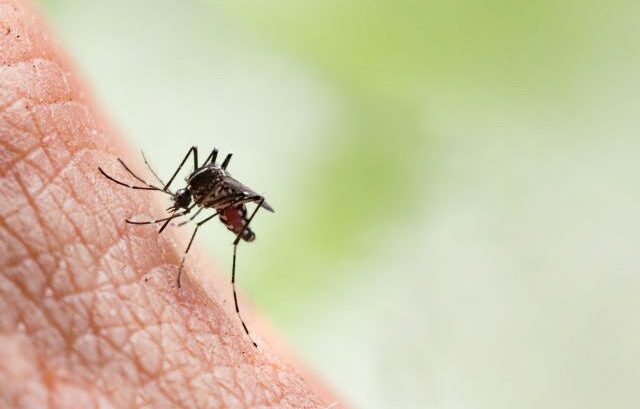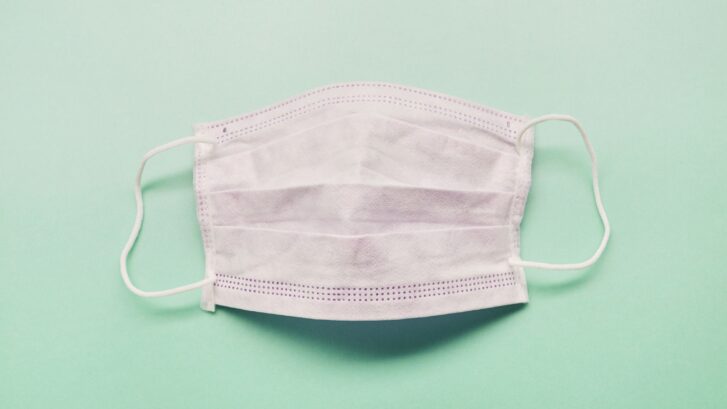Some Common Questions About Organic Foods
Our concierge primary care doctors in Jupiter of course want our patients to eat healthy foods as much as possible.
This typically means a diet low in processed foods and high in fresh fruits, vegetables, nuts, and seeds, along with lean meats and fish.
Does it also mean eating organic foods as well? Many people hear the word “organic” and automatically think it equals “healthy,” but that may not always be the case. So let’s try to clear up the confusion around this widely available—and usually much more expensive—food.
What does the term “organic” mean?
The word “organic” refers to the way the food is grown and processed. The U.S. Department of Agriculture (USDA) has created a set of standards that describe the specific requirements that must be verified by a USDA-accredited certifying agent before products can be labeled organic.
The National Organic Program (NOP), an advisory committee that includes members of the public, develops these rules and regulations for the USDA.
They include several restrictions on farming practices and raising livestock and poultry, as well as on handling and labeling.
In general, the regulations restrict the types of pesticides, fertilizers, and seeds that can be used, and ensure healthy farming practices to protect the environment.
To receive the USDA Organic seal, a product must:
Improve soil and water quality.
Enable farm animals’ natural behaviors.
Cut pollution.
Promote a self-sustaining cycle of resources on a farm.
Certified organic products cannot use:
artificial fertilizers or sewage sludge as fertilizer
radiation to preserve food or get rid of pests or diseases
genetically modified or engineered materials to improve crop harvests or improve pest or disease resistance
antibiotics or growth hormones for livestock
most synthetic pesticides (except in special, USDA-approved circumstances)
Is organic food healthier?
You can find all kinds of persuasive arguments and testimonials online about how organic food is so much healthier for you to eat.
It’s certainly healthier for the environment, because of the sustainable practices organic farmers use.
It’s also undeniably better to avoid products from animals that have been fed antibiotics throughout their lifecycle to promote unnatural growth and suppress diseases that occur from overcrowded conditions. This is one of the things that contribute to antibiotic resistance in humans.
Other than that, though, science has so far not been able to prove that organic foods contain more substantial nutrients than conventionally grown foods.
As reported by Harvard Health, one meta-study by Stanford researchers, for example, found little difference in nutritional content, except for slightly higher phosphorus levels and a higher omega-3 fatty acid content in organic milk and chicken. And the bacteria that can cause food poisoning were equally present in both organic and non-organic foods.
And according to the Mayo Clinic, studies have shown much lower cadmium levels in organically grown grains, but not fruits and vegetables. Cadmium is a toxic chemical found naturally in the soil and absorbed by plants as they grow.
Is the label ‘organic’ a guarantee?
If the food contains the USDA Certified Organic label, that means it was grown and processed according to federal guidelines.
According to the USDA, “Produce can be called organic if it’s certified to have grown on soil that had no prohibited substances applied for three years prior to harvest. Prohibited substances include most synthetic fertilizers and pesticides.
“As for organic meat, regulations require that animals are raised in living conditions accommodating their natural behavior (like the ability to graze on pasture), fed 100 percent organic feed and forage, and not administered antibiotics or hormones.”
The agency performs more than 45,000 onsite inspections per year to ensure compliance with regulations. If foods are labeled “100 percent organic,” that means all ingredients are certified organic. Foods labeled “organic” contain at least 95 percent certified organic ingredients.
On the other hand, labels that say “made with organic” or “organic ingredients” can’t carry a USDA seal, because they contain less than 95 percent organic ingredients.
More confusion in labels
In addition, there is a difference between “organic” and “natural” on a product’s label. The term “natural” may simply refer to products or animals that have been minimally processed and contain no artificial ingredients, but that doesn’t mean they’re organic.
Another confusing term is “grass-fed,” which means animals receive a majority of their nutrients from grass throughout their entire life and have continuous access to pasture during the growing season. It does not mean they have been raised without the use of antibiotics, hormones, or pesticides on their feed.
Likewise, “cage-free” birds are able to freely roam a building, room, or enclosed area with unlimited access to food and fresh water during their production cycle. “Free-range” birds are provided shelter in a building, room, or area with unlimited access to food and fresh water, as well as continuous access to the outdoors during their production cycle. But neither of these terms reveals whether they have been raised without antibiotics or hormones.
So is organic better for you? In some of the ways we’ve listed above, yes. But only you can decide whether the extra expense is worth the small gains in nutritional value, as well as the larger impact on the environment and the animal’s welfare.

